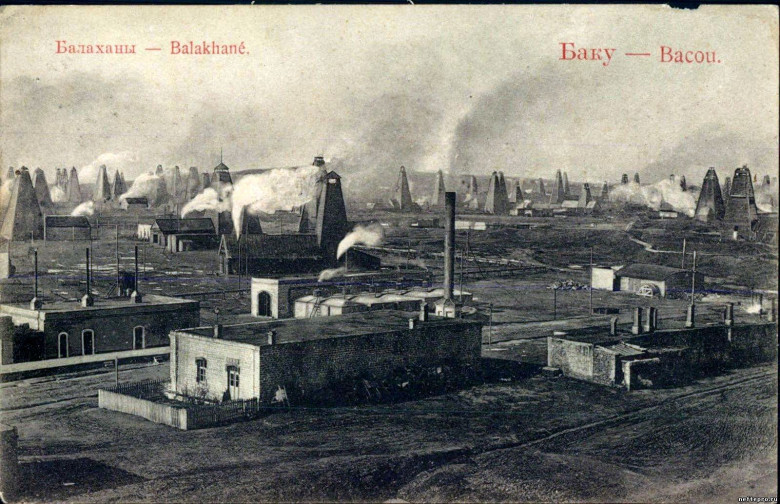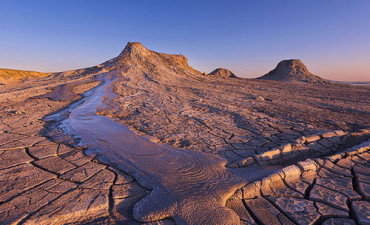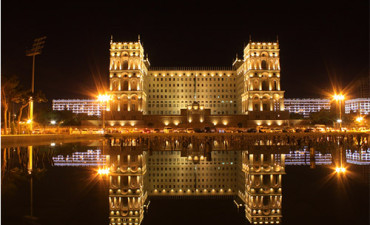The First Oil Well in the World
The first oil well in the World in the form of a simple well was dug in Balakhani, a suburb of Baku, 3,500 years ago. But this article is not about her, but about the world’s first classical deep well, for the creation of which the world’s first oil rig was used.

Azerbaijan, Baku. 1846, an area called Bibi-Eibat… Oil is literally everywhere in this place: it spills out from under the desert ground in pitch-black curls, rapidly covering the bare feet, and sometimes the entire body of bent workers with bronzed skin and already unwinding straw hats on their heads. Constantly being dressed in black gold – sounds like one of the three wishes for a fabulous genie from Aladdin’s magic lamp – is incredibly tempting, isn’t it? But not in the case of Baku workers in the oil fields: their work is not easy, and their work is invaluable. To work under Baku sultry sun, which has caused fainting more than once, to inhale the heavy leaden smell of rich naphthene treasures of Baku is not just hard work, but also dangerous. Sometimes, having stumbled upon the sources of associated gases, the worker risked being burned by the heat of the fire, into which methane homologues immediately turn when interacting with air oxygen (when oil reaches the surface of the earth, the gas pressure drops sharply and the gas separates from it).

Already at the end of 1847, a factory designed by Voskoboynikov started operating in Balakhany, where oil distillation together with water vapor was used for the first time in the world. The depth of the first exploration well, which was drilled a year earlier (in 1846) was 21 meters. These data indicate the significant and invaluable contribution of the aforementioned oil producers.
Baku oil has attracted the attention of many countries throughout its existence. The Russian Empire, the Soviet Union, and European countries (in particular Germany and The Great Britain) were interested in the development of its production — and there is a justification for this: Baku oil is rich in naphthenes and practically does not contain sulfur, unlike Bashkir and Tyumen oil. It is also worth noting one interesting fact that confirms the uniqueness of the dried-up sources in Baku: Duvanninsky condensate is unique in its quality and purity all over the world. The local population poured this condensate into a kerosene lamp without any treatment and it did not even smoke; the same can be said about gas.
Elements of kerosene lamps can be found today in the design of lanterns on the narrow streets of Icheri Sheher (Old Town) – as symbols of inexhaustible Baku oil.
Tags: Baku , Oil , Bibieibat , Balakhany , Soviet Union , Gas , First
Recent Posts

Buy any tour and get 15 percent discount in Baku restaurants

Festivals In Azerbaijan

Great Silk Road In Azerbaijan

Guide to outdoor activities




